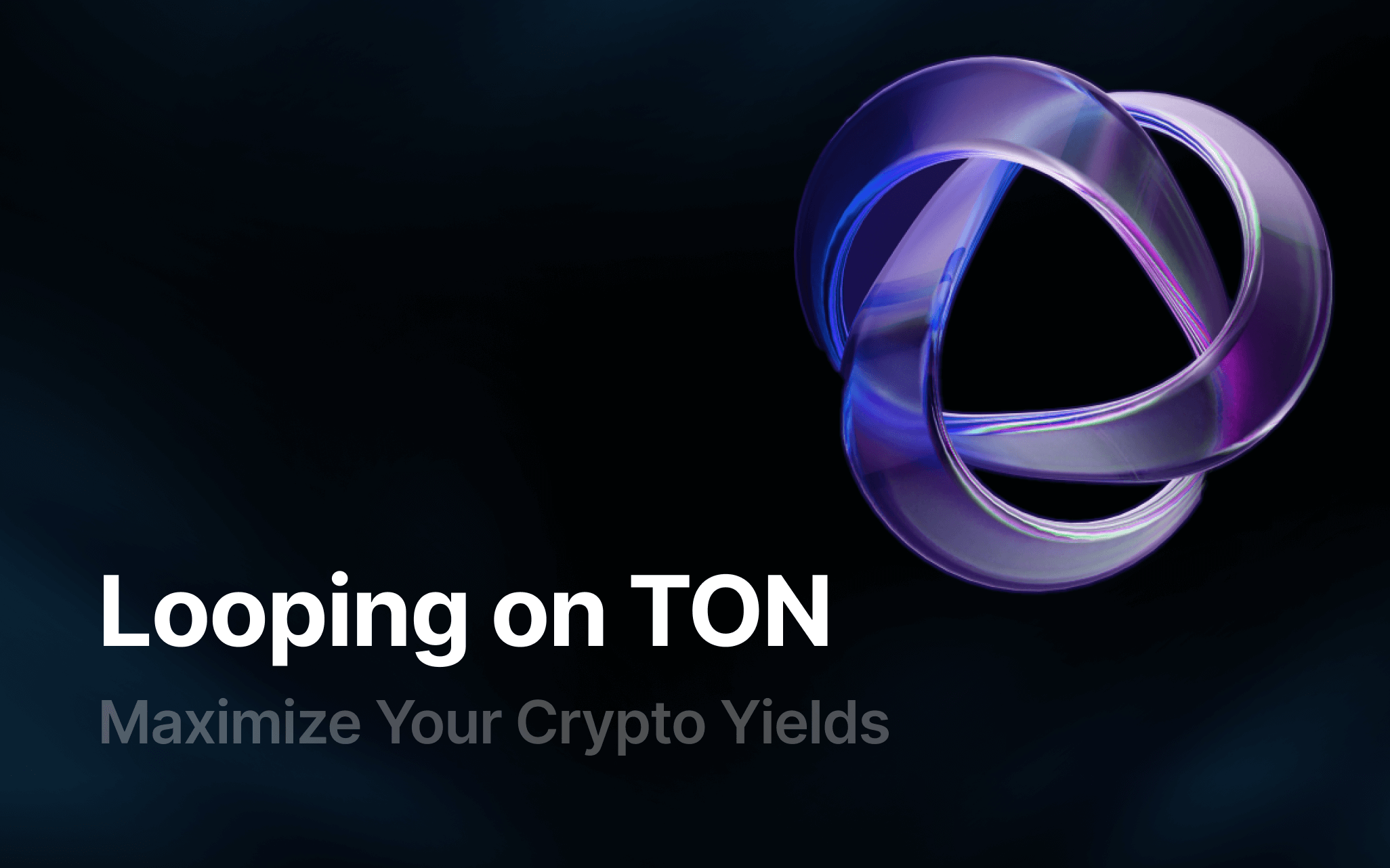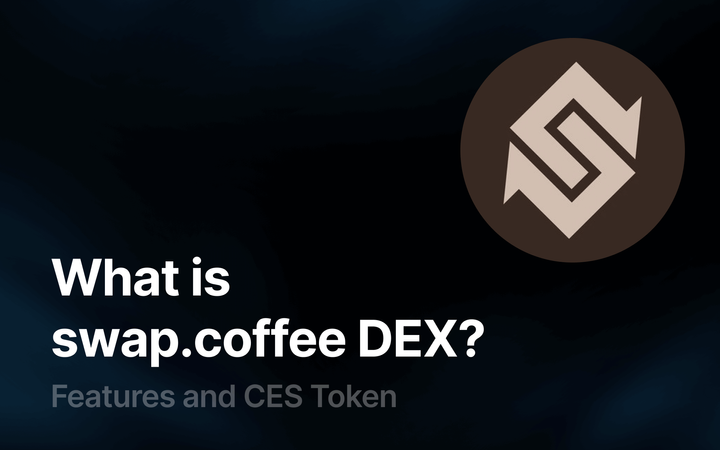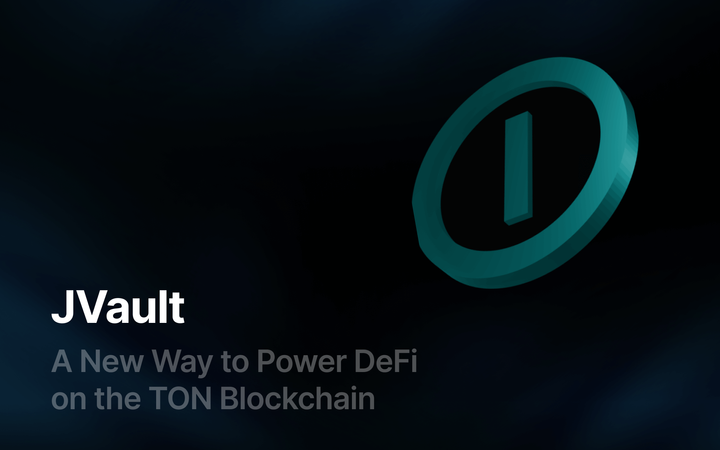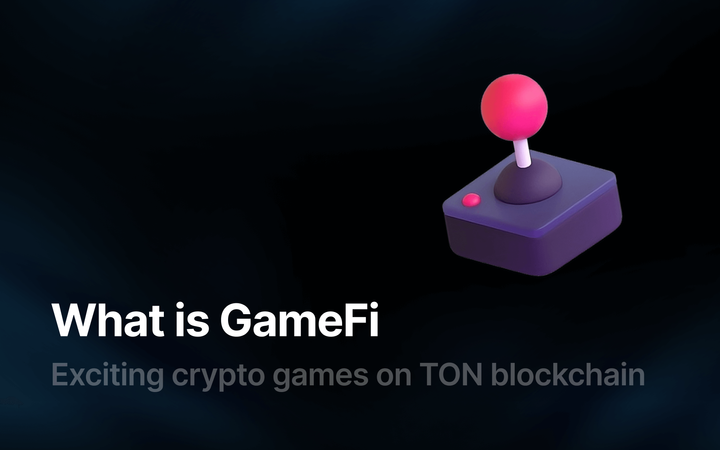How to Earn with Looping in DeFi: A Beginner-Friendly Guide
Let’s break it down and see how you can use looping to increase your earnings — and what you need to watch out for.

In the world of DeFi (decentralized finance), there are many ways to grow your crypto, from staking and farming to lending and borrowing. However, there’s one strategy that might sound complex at first, yet offers powerful earning potential when done correctly. It’s called looping.
If you’ve never heard of looping or want to understand how it works, this article is for you. Let’s break it down and see how you can use looping to increase your earnings — and what you need to watch out for.
What Is Looping in Crypto?
Looping is a DeFi strategy where you repeatedly supply and borrow the same asset to amplify your returns. It’s also known as recursive lending or recursive borrowing.
The main idea is simple: you supply a crypto asset to a lending platform, borrow against it, then supply the borrowed amount again, and repeat. This process increases your collateral size, resulting in higher interest earnings and potentially more reward tokens.
Think of it like using your own money as collateral to “borrow” more of it, and putting that borrowed amount back to work, again and again.
How Does Looping Work on TON?
Here’s a step-by-step guide to help you understand how looping on TON actually works in practice:
🔁 Step-by-Step Looping Strategy
Let’s break it down into a simple loop cycle using TON-based DeFi platforms:
- Deposit an asset (e.g., TON, tsTON, or USDT on TON) into a lending platform like EVAA or Factorial.
- Borrow against your deposit — for example, borrowing USDT using TON as collateral.
- Redeploy the borrowed asset — deposit it again to increase your total supply.
- Repeat the loop to grow your exposure and maximize your potential returns.
Some platforms, such as EVAA, even offer automated looping, enabling users to complete these steps with just one click.
Looping Platforms on the TON Blockchain
Here are several TON-native platforms where you can safely and efficiently perform looping strategies:
▶ EVAA Finance
EVAA is a decentralized lending platform that supports one-click looping. Users deposit assets like USDT on TON, borrow against them, and reinvest automatically, allowing you to earn more from interest and maximize capital efficiency without technical complexity. Integrated with Telegram for easy access.
▶ Factorial Finance
Factorial provides advanced looping strategies, especially with LP tokens. You can:
- Supply LP tokens, borrow stablecoins, mint more LP tokens, and loop again.
- Use single-token looping to increase exposure and rewards. It’s ideal for users who want to build complex yield strategies using DEX liquidity.
▶ FIVA
FIVA offers yield tokenization — users can split yield-bearing tokens into principal and yield tokens, and amplify rewards with up to 20x leverage. While it’s not traditional looping, it supports similar leveraged earning opportunities within the TON DeFi space.
▶ SettleTON
SettleTON focuses on passive income rather than active looping. It automatically reinvests earned rewards, compounding user earnings over time without requiring manual steps. It’s great for long-term holders seeking automated yield growth.
▶ Telegram Wallet Integration
Many of these platforms integrate directly with the Telegram Wallet. This means you can loop, borrow, and reinvest crypto within the Telegram app, making DeFi accessible to everyone, even without using a browser-based dApp.
How You Can Earn with Looping on TON
Looping boosts your earnings in two main ways:
- Earn more interest – Each new deposit increases your total balance, which earns interest from the platform.
- Farming and platform rewards – Many protocols offer token rewards (like EVAA’s VEAA or Factorial’s native tokens) for supplying and borrowing. Looping increases both activities, helping you earn more.
Some users also use looping as a leverage tool, gaining larger exposure to an asset they believe will retain value.
Risks of Looping and How to Avoid Them
Looping isn’t risk-free. Here are the main risks to know:
⚠️ Liquidation Risk
Borrowing too much can lead to liquidation if your collateral loses value or if borrowing rates increase. Always keep a safety buffer.
⚠️ Interest Rate Volatility
Rates can change. If borrowing rates exceed supply rewards, you might lose money instead of earning.
⚠️ Over-Leveraging
Repeating loops too many times can increase the risk. Most users stop at 3–5 loops for safety.
⚠️ Smart Contract Risks
All DeFi platforms rely on code. Bugs or exploits could affect your funds. Choose platforms with audits and strong reputations.
Is Looping on TON Worth It?
Yes — if done wisely. Looping on TON offers a practical way to maximize passive earnings, especially for users familiar with lending and borrowing. With user-friendly interfaces, Telegram integration, and automated tools, it’s never been easier to explore this strategy.
However, success with looping requires good timing, solid research, and risk management.
🔍 DYOR Before You Loop
Don’t loop blindly. Before choosing assets or platforms:
💡 Visit DYOR.io to:
- Check token data (APYs, borrowing rates, volatility)
- Review protocol safety and track records
- Compare TON-native DeFi tools side-by-side
Make smarter, data-driven decisions — and earn with confidence.
Looping on TON is an exciting strategy with great potential, especially when combined with the right platforms and research tools. Whether you’re just getting started or looking to boost your returns, TON’s growing DeFi ecosystem gives you the tools to do more with your crypto.



